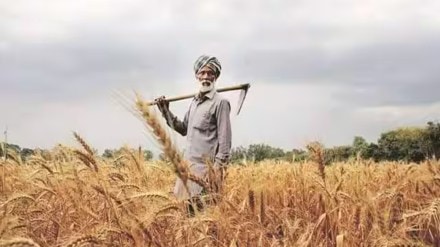Incidents of stubble burning after paddy harvesting in Punjab, Haryana, Uttar Pradesh, Madhya Pradesh, Rajasthan and Delhi, since September 15 are up 67% to 1154 till Thursday compared to the same period last year.
However officials said that these are early days as the paddy harvesting is being carried out in northern states, while last year the harvesting was delayed because of rains in the first week of August.
According to the Consortium for Research on Agroecosystem Monitoring and Modelling from Space (CREAMS), Indian Agricultural Research Institute, Delhi, Punjab has reported 754 paddy straw burning incidents which is 38% more than last year while Haryana has reported 190 incidents so far.
The official also stated that due to the government incentives in paddy straw management, the crop residue burning incident will definitely decline at the end of the season.
The official told FE total stubble burning incidents this year so far is 56% below the 2020 level of 2150 events.
An official said that stubble burning incidents usually peaks during October 26-November 6 in the nothern states as farmers clear the paddy field for preparing the field for the wheat sowing in the rabi season.
During September 15 – November 30, 2022, there was a decline of 25% in stubble burning events at 69,615 across Punjab, Haryana, Uttar Pradesh, Delhi, Rajasthan and Madhya Pradesh compared to 2021. Punjab reported a 30% decline in stubble burning events at 49,922 compared last year while the state had a share of 72% of total reports of paddy straw burnings in the northern India.
The government is aiming to substantially reduce incidents of stubble burning events this season through the paddy straw supply chain management programme under the public private partnership models and the agriculture ministry has allocated Rs 600 crore to Punjab, Haryana, Uttar Pradesh and Madhya Pradesh.
The agriculture ministry official said Rs 200 crore has been already released to the Punjab and Haryana season for ‘In-situ’ management of paddy straw – the practice of leaving crop residue on the field for decomposition and ‘ex-situ’ management – removal of agricultural waste from the field for use as compost, firewood, animal feed, industrial use etc.
“Our aim is to entirely stop the stubble burning events. We do expect substantial reduction in incidence of paddy straw burning this season because of the multiplicity of approach of paddy straw management,” the agriculture ministry official had stated.
As per the action plan finalised by Punjab for this year, out of 3.1 million hectare (MH) of paddy area, the straw generation is likely to be around 20 million tonne (MT). Out of these 16 MT of straw is generated from non-basmati rice crop which is not suitable for fodder use because of higher silica content that animals can’t digest.
The state aims to manage around 11.5 MT of paddy straw through ‘In-situ’ management and about 4.67 MT of paddy straw through ex-situ management.
Haryana government has initiated measures such as financial assistance of Rs 7000/acre for crop diversification from paddy to other crops, Rs 1000/acre for crop residue management and utilisation of paddy stubble for industrial use such as broilers, paper board and power plants.
